Blue cheese mold | Penicillium roqueforti
Blue cheese mold – Penicillium roqueforti is a blue mold typical of cheeses such as Roquefort, Danish Blue en Stilton and gorgonzola. This culture is enough for about 100L of milk.
In stock
Product Description
What is blue cheese mold – Penicillium roqueforti
Blue cheese mold – Penicillium roqueforti is a blue mold typical of cheeses such as Roquefort, Danish Blue en Stilton and gorgonzola. This culture is enough for about 100L of milk.
Penicillium giving cheese spots or veins of the mold throughout the cheese, which can vary in color through various shades of blue and green. This carries a distinct smell, either from that or various specially cultivated bacteria. Some blue cheeses are injected with spores before the curds form, and others have spores mixed in with the curds after they form. Blue cheeses are typically aged in a temperature-controlled environment such as a cave. Blue cheese can be eaten by itself or can be spread, crumbled or melted into or over a range of other foods. The characteristic flavor of blue cheeses tends to be sharp and salty. Red more about Penicillium roqueforti on wikipedia.
Content
- 10 grams of Penicillium roqueforti, enough for about 100L of milk
- The starter is completely natural without preservatives, additives, artificial colors or flavors. It contains no GMO ingredients and it is gluten-free.
- Produced in Italy
- Contents: starter cultures
- Allergens: milk
- Not suitable for vegan cheese, but please check out our large selection of vegan cheese molds and cultures.
Micro organisms in blue cheese mold – Penicillium roqueforti
Penicillium roqueforti
Characteristics
Optimum temperature for growth: 20 – 30 °C
Maximum temperature of heating: 30 °C
Gas production: ++
Proteolytic activity: +++
Fermenting activity: –
Combine this cheese starter culture with:
This culture has to be used in with a (mesophilic) acidifying cheese starter culture such as our all round mesophilic starter culture or MST.
Looking for vegan cheese cultures?
This mold contains milk. If you want to make vegan cheese, check out our large selection of vegan cheese molds and cultures.
Storage instructions
In the fridge or freezer. Shelf life is approximately 1,5 years in the freezer or 12 months at +5ºC.
How do you use this culture?
This is a Direct Vat Inoculation (DVI) culture, meaning you can add the starter straight from the freezer to the milk.
Some blue cheeses are injected with spores before the curds form, and others have spores mixed in with the curds after they form
Online on demand workshop ‘how to make vegan cheese at home’ (subtitled)
During this English subtitled workshop you will learn the theory and practice of making vegan cheese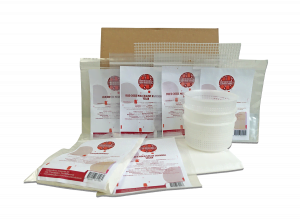 s at home, with a focus on vegan camembert and vegan blue cheese. Foodwriter ‘Meneer Wateetons’, author of several books on fermentation and alternative food preparation techniques, will teach you all about fermentation, curing salts, food safety, pH, starter cultures, molds and drying conditions. Click here for more info.
s at home, with a focus on vegan camembert and vegan blue cheese. Foodwriter ‘Meneer Wateetons’, author of several books on fermentation and alternative food preparation techniques, will teach you all about fermentation, curing salts, food safety, pH, starter cultures, molds and drying conditions. Click here for more info.
Read More >
16 reviews for Blue cheese mold | Penicillium roqueforti
| 5 star | 87% | |
| 4 star | 12% | |
| 3 star | 0% | |
| 2 star | 0% | |
| 1 star | 0% |
Blue cheese mold – Penicillium roqueforti is a blue mold typical of cheeses such as Roquefort, Danish Blue en Stilton and gorgonzola. This culture is enough for about 100L of milk.

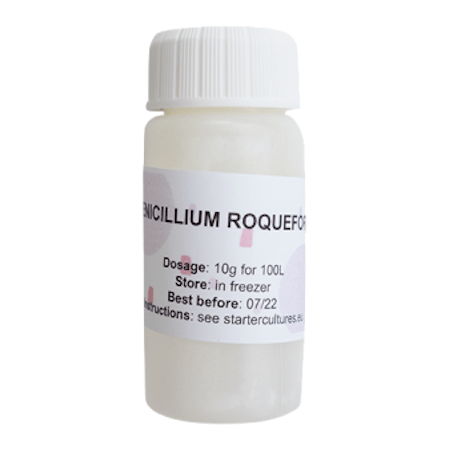


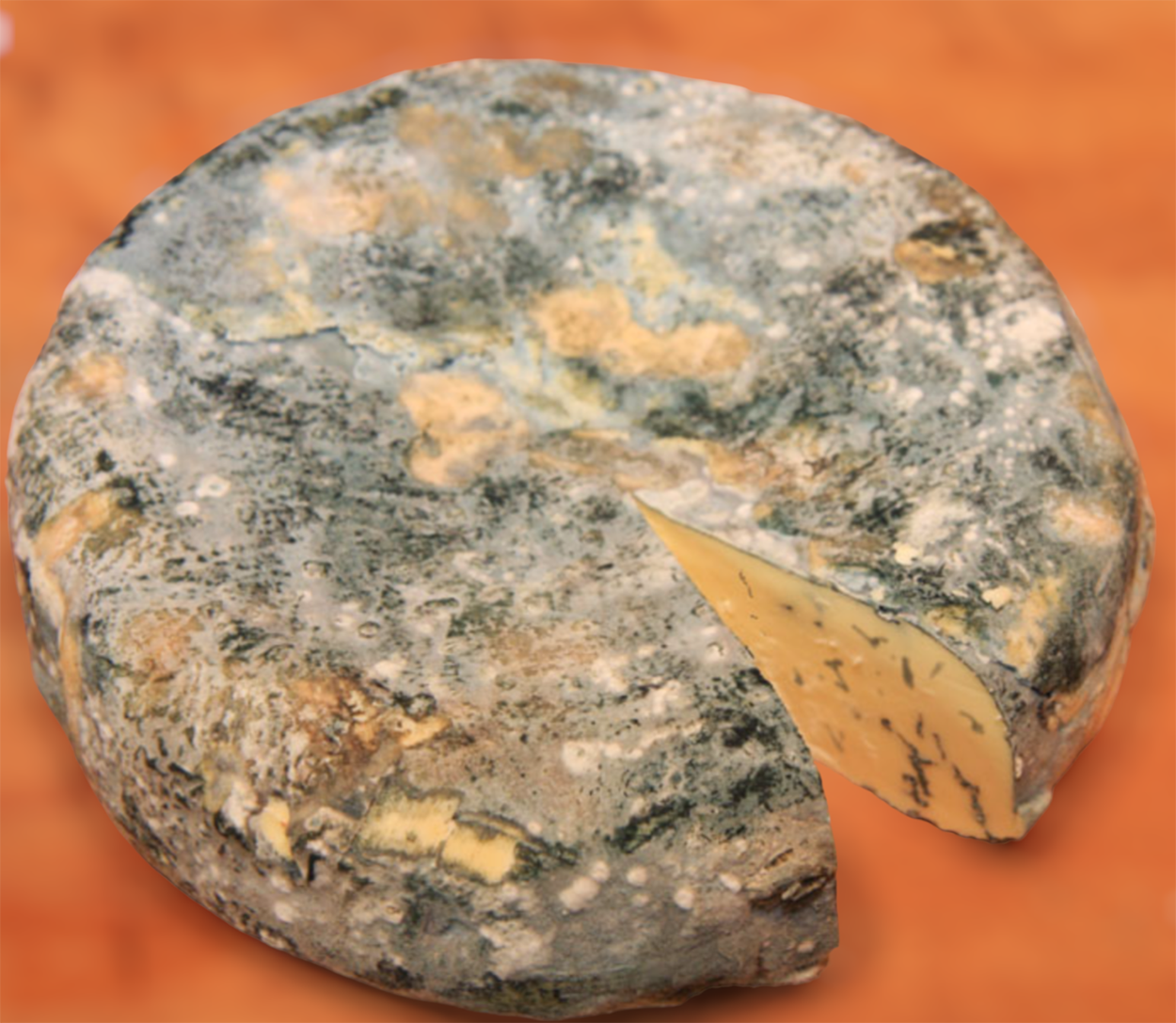
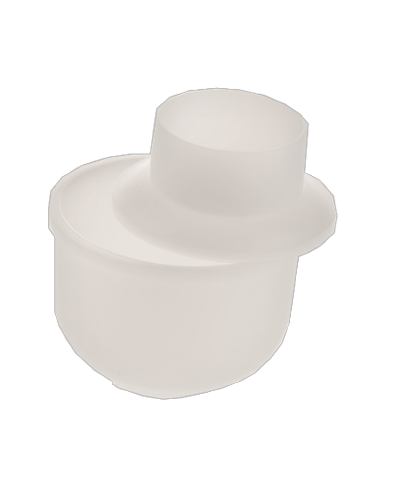

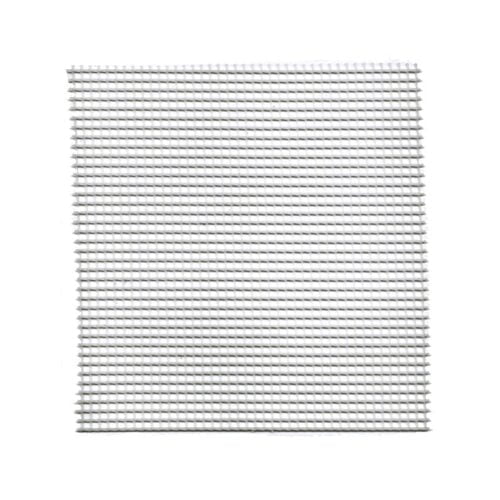
Great quality thank you
Nog niet gebruikt? Ik heb de producten nog niet gebruikt dus ik weet het nog niet,
Nog niet gebruikt? Ik heb de producten nog niet gebruikt dus ik weet het nog niet,